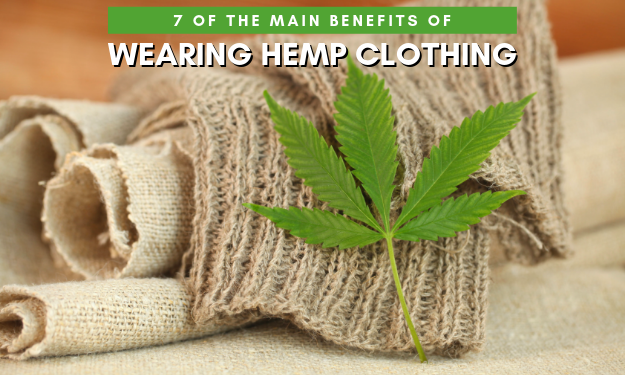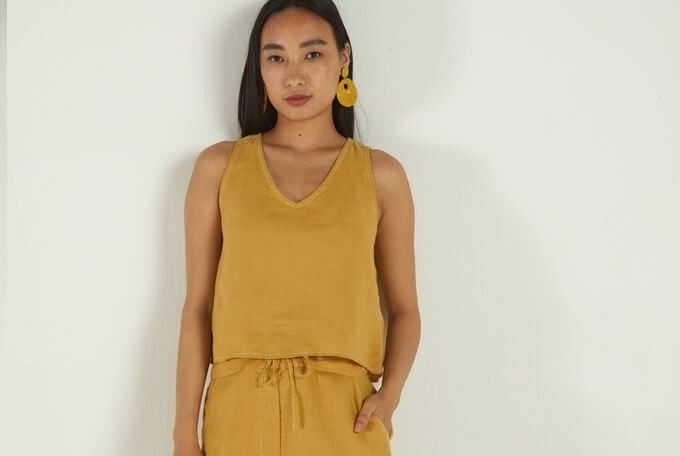Excellent Ideas For Selecting Hemp Clothing
Wiki Article
How Do You Know If Hemp A Sustainable Crop With Respect To Water Usage, Pesticides And Herbicides Compared With Cotton?
The hemp plant is thought to be to be more environmentally sustainable than cotton in terms of herbicides, pesticides as well as water use.
Hemp Hemp is regarded as a crop that requires low water needs compared to cotton or other crops. It is considered a drought-tolerant plant that thrives with minimal irrigation. Hemp can be grown in many areas with only rainwater and is therefore an effective water-saving option.
Cotton- Cotton is notoriously water-intensive. Cotton farming typically requires a lot of irrigation that can reduce local water resources and lead to the water crisis in regions that are stressed by water. The intensive use of water for cotton cultivation has raised concerns about its long-term sustainability.
Herbicides & Pesticides
Hemp - Hemp's natural resistance to a variety of pests, diseases and weeds reduces the use of synthetic pesticides. Even though hemp plants can require minimal pest management measures to ensure their health, the overall dependence of chemical inputs, like cotton, is lower than other crops. Hemp cultivation is almost free of pesticides.
Cotton - The standard cotton farming industry is heavily dependent on synthetic herbicides and insecticides in order to control pests. The use of these chemical may have negative effects on the natural environment, including contamination of the soil and water. They also can harm non-targeted species, and can lead to pesticide-resistant insects.
In the end it has been proven that hemp is to be more sustainable when as compared to cotton. This is due to the fact that it makes use of less water, pesticides, and herbicides.
Hemp needs less water for growth and is often grown with water from rain, with no irrigation, or without water at all.
The natural resistance of hemp to pests reduces the need to apply synthetic pesticides.
Hemp cultivation generally involves fewer synthetic herbicides and pesticides as than conventional cotton.
It is essential to remember that practices for sustainable farming and environmental protection may differ from one area or grower to the next. Organic farming practices can enhance sustainability by reducing the use of synthetic chemical and improving soil quality. When considering the environmental impact of clothing and textiles, selecting organic and sustainably made fibers, be it hemp or cotton, can aid in reducing the environmental footprint of fashion. Follow the top rated his response for hemp clothes for more advice including hoodlamb coat, patagonia work pants hemp, hemp dress, hemp wear, patagonia volley shorts, organic hemp clothing, hemp t shirts wholesale, patagonia hemp jacket, jungmaven clothing, hemp fabric by the yard and more.

How Can Hemp Be Used To Improve Carbon Sequestration And Sustainability?
Hemp fibers aid in carbon storage, sustainability, and crop rotation in many ways. They are an ideal choice for both agricultural and textile production.
Hemp has a rapid growth rate. It matures between 70 to 120 days, based on the type of hemp and the growing conditions. During the rapid growth phase hemp is able to absorb carbon dioxide from the atmosphere via photosynthesis. This carbon uptake could significantly reduce CO2 levels by sequestering it.
Biomass Production Hemp is known for its high biomass production. The plant's tall and dense foliage generates a large quantity of organic substances. This biomass is able to build up organic carbon in soils, or for various other purposes.
Sustainability:
Hemp farming requires fewer synthetic pesticides. It also requires fewer herbicides. Its natural resistance to many insects and diseases minimizes the requirement for chemical intervention. Organic hemp farming, particularly is a sustainable farming method by avoiding synthetic chemical substances.
Hemp is a water efficiency, compared with other crops that need a lot of water like cotton. This helps it to last longer in areas that are deprived of water resources.
Hemp's deep-rooted system is able to improve the health of the soil. The roots of the plant reduce runoff from soil and help stabilize soil structure, preventing soil erosion. Hemp cultivation can also boost the microbial activity in soil. This helps to improve the cycle of nutrient and soil fertility overall.
Hemp could be a part of crop rotation. Crop rotation is a technique that involves rotating several crops within the same space. This can help to break pest and illness cycles as well as reduce the depletion of soil and strengthen soil structures. Hemp is a great crop to rotate and its role contributes to sustainable farming.
Crop Rotation
Hemp is a versatile plant that can be used in rotation with vegetables, grains, and legumes. This diversification can help farmers maintain soil health, reduce the chance of pests that are specific to crops and diseases, as well as promote balanced nutrient cycling.
Soil Improvement- Hemp's long roots can penetrate and aerate the soil which reduces compaction and increases water infiltration. Following the harvest of hemp, the improved soil structure benefits subsequent crops in the rotation.
In summary hemp fibers can help improve carbon sequestration methods sustainable, crop rotation and efficiency of water through their rapid growth biomass production, as well as their low chemical demands. These characteristics make hemp production a sustainable and regenerative agriculture practice. The resultant fibers can be used for textiles, as well as other applications that are eco-friendly. See the best hemp clothes for website info including afends jesse dress, clothes made from hemp, hemp t shirt mens, patagonia hemp jacket, patagonia hemp work pants, hemp hoodie, hemp tee shirts, hemp trousers, hemp shorts mens, wholesale hemp fabric and more.

What Are The Benefits Of Bamboo Clothing For Environmental Sustainability And Comfort?
Bamboo clothing can be ecologically friendly and comfortable.
Softness Bamboo fabric is renowned for its extraordinary softness. It has a silky smooth texture that feels soft against the skin. Bamboo clothing is popular because of its luxurious softness making it a great choice for loungewear, activewear and intimate clothes.
Bamboo fibers breathe easily and are able to absorb moisture. They have micro-gaps that allow air to circulate to keep your body cool and comfortable during hot temperatures. Moisture wicking aids in drawing sweat off your skin.
Bamboo clothing has great thermoregulatory characteristics. Bamboo clothing helps keep you warm in cooler temperatures by capturing warmth close to your body. In hot weather it will aid in keeping you cool by allowing the excess heat and moisture to escape. Bamboo clothing can adapt to different temperature can make bamboo clothing suitable to wear throughout the year.
Hypoallergenic- Fabric made from bamboo is gentle and hypoallergenic. Bamboo fabric will not cause irritation or allergic reactions, making it a suitable choice for people who have skin sensitivities, allergies or.
Odor Resistant Bamboo fibers are naturally antimicrobial qualities that can in preventing the growth of bacteria that cause odor. This is a factor that helps bamboo clothing staying fresh even when it is worn when exercising.
Environment-
Sustainability- Bamboo can be a sustainable and renewable resource. Bamboo is one of the fastest growing species in the world. It thrives with a minimum of water, and does not require pesticides. Bamboo can be harvested and the plant will regenerate from its roots.
Low water usage- Bamboo is inherently water-efficient. Bamboo can flourish with little irrigation, and is often grown using rainwater alone which reduces the environmental impact that comes with the use of water in agriculture.
Biodegradability Bamboo clothing naturally decomposes when it is thrown out. This feature decreases the amount of nonbiodegradable textiles that end in the garbage dumps.
Carbon Sequestration - Bamboo plants are able to capture CO2 from the air during their rapid expansion. This means that bamboo cultivation could act as carbon sinks, assisting to mitigate climate changes by reducing greenhouse gas emissions.
Chemical Reduction. The production of Bamboo Fabric generally requires less treatment and processes as compared to other types of textiles.
Closed-Loop Systems Bamboo fabric production utilizes closed loop processes that recycle water and chemicals. This helps reduce the amount of waste and pollution.
It is important to keep in mind that the environmental impact can differ based on the process of manufacturing, and whether or not the bamboo used for manufacturing was sourced from sustainably managed and ethically controlled bamboo forests. To reap the maximum environmental benefit, buyers should seek out bamboo clothing that are made using sustainable and ethical practices. Have a look at the most popular bamboo clothes for more examples including halloween bamboo pajamas, bamboo maternity wear, bamboo twirl dress, dixxon bamboo shirt, cheapest bamboo pajamas, bamboo yoga trousers, bamboo brand jeans, bamboo bed clothes, bamboo cay shirts christmas, t shirts bamboo and more.
